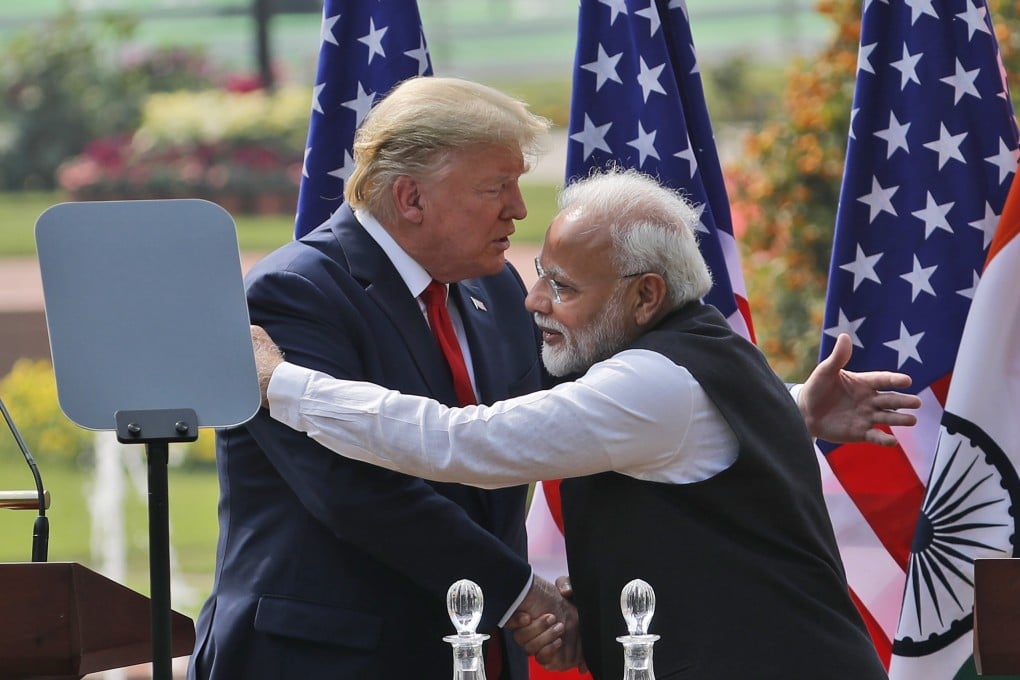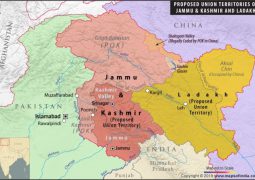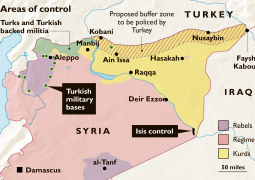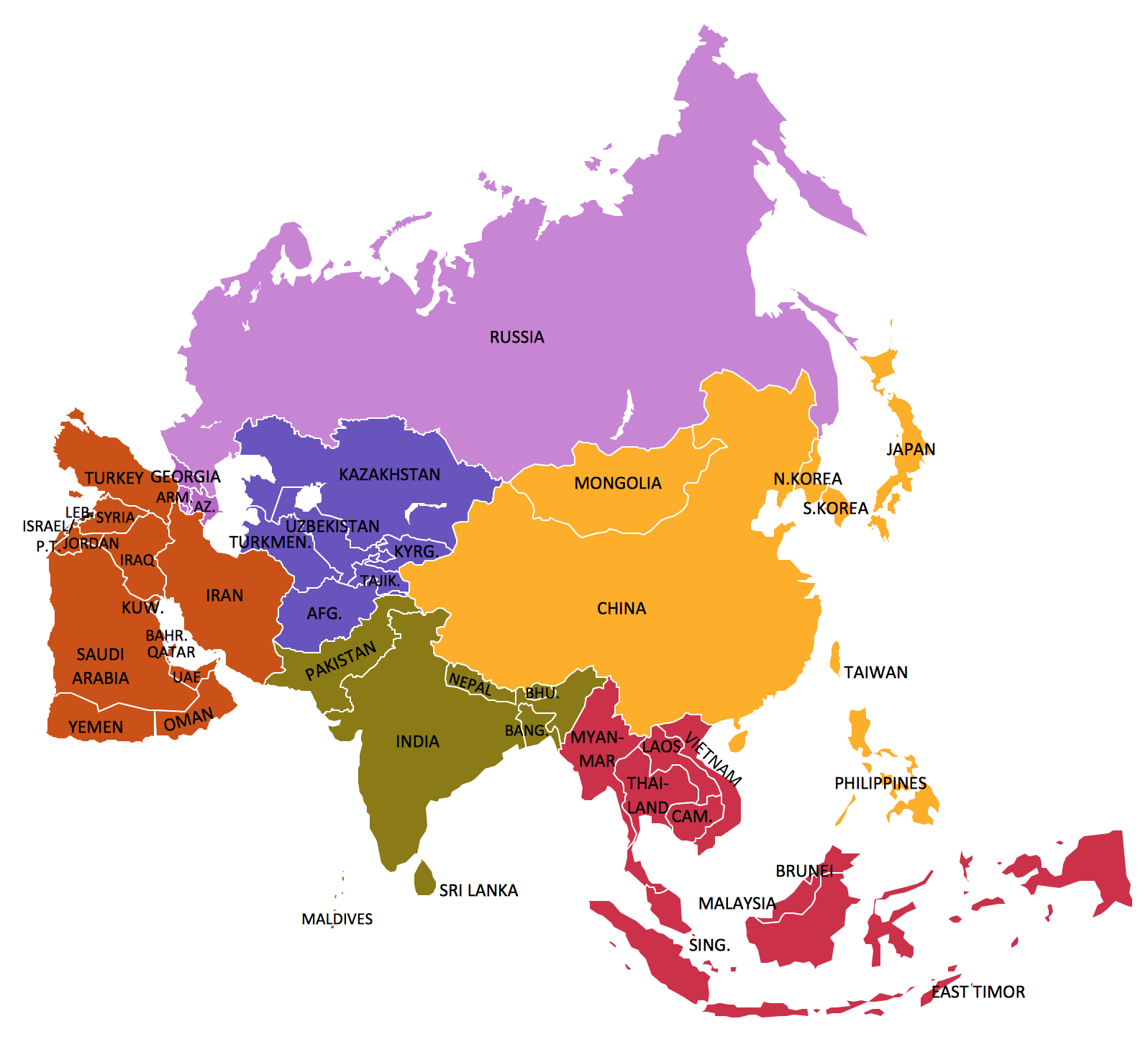Will India pay Trump’s 25% tariff on goods, plus an additional penalty!?

U.S. President Donald Trump said on Wednesday that a tariff of 25% would be imposed on goods from India as of Aug. 1, plus an additional penalty.
He said India, which has the world’s fifth-largest economy, will face an unspecified penalty on Aug. 1, but did not elaborate on the amount or what it was for, although it appeared to be tied to its purchases of Russian energy.
Trump said in a Truth Social post that India “is our friend” but its “Tariffs are far too high” on U.S. goods.
The president added that India buys military equipment and oil from Russia, which Trump said has enabled the war in Ukraine. As a result, he intends to charge an additional “penalty” starting on Friday as part of the launch of the administration’s revised tariffs on multiple countries.

“While India is our friend, we have, over the years, done relatively little business with them because their Tariffs are far too high, among the highest in the World, and they have the most strenuous and obnoxious non-monetary Trade Barriers of any Country,” Trump wrote in a Truth Social post.
“They have always bought a vast majority of their military equipment from Russia, and are Russia’s largest buyer of ENERGY, along with China, at a time when everyone wants Russia to STOP THE KILLING IN UKRAINE — ALL THINGS NOT GOOD!”
Trump’s decision dashes hopes of a limited trade agreement between the two countries, which had been under negotiation for several months.
In a separate post, Trump doubled down on the timeline for “reciprocal” U.S. tariffs on countries around the world.
“THE AUGUST FIRST DEADLINE IS THE AUGUST FIRST DEADLINE … IT STANDS STRONG, AND WILL NOT BE EXTENDED,” he stressed.
Trump called the deadline “A BIG DAY FOR AMERICA.”
Multiple discussions
U.S. and Indian trade negotiators had held multiple rounds of discussions to resolve contentious issues, particularly over market access for American agricultural and dairy products.
Despite progress in some areas, Indian officials resisted opening the domestic market to imports of wheat, corn, rice and genetically modified soybeans, citing risks to the livelihood of millions of Indian farmers.
The new tariffs are expected to impact India’s goods exports to the U.S., estimated at around $87 billion in 2024, including labour-intensive products such as garments, pharmaceuticals, gems and jeweler, and petrochemicals.
The U.S. currently has a $45.7 billion trade deficit with India.
India’s commerce ministry, which is leading the trade negotiations with the U.S., did not immediately respond to a Reuters request for comment.
At a population exceeding 1.4 billion people, India is the world’s largest country and a possible geopolitical counterbalance to China. India and Russia have close relations, and New Delhi has not supported Western sanctions on Moscow over its war in Ukraine.
When Trump in February met with Indian Prime Minister Narendra Modi, the U.S. president said that India would start buying American oil and natural gas.
Growing list
India now joins a growing list of countries facing higher tariffs under Trump’s “Liberation Day” trade policy, aimed at reshaping U.S. trade relations by demanding greater reciprocity.
The White House had previously warned India about its high average applied tariffs – nearly 39% on agricultural products, with rates climbing to 45% on vegetable oils and around 50% on apples and corn.
The setback comes despite earlier commitments by Modi and Trump to conclude the first phase of a trade deal by autumn 2025 and expand bilateral trade to $500 billion by 2030, up from $191 billion in 2024.
U.S. manufacturing exports to India, valued at around $42 billion in 2024, as well as energy exports such as liquefied natural gas (LNG), crude oil, and coal, could also face retaliatory action if India chooses to respond in kind.
Indian officials have previously indicated that they view the U.S. as a key strategic partner, particularly in counterbalancing China. But they have emphasized the need to preserve policy space on agriculture, data governance, and state subsidies.
- Previous If Trump lets, UK to recognize Palestinian statehood in September
- Next Trump tariffs hit stability of Kazakh national currency: fell 6% in one day

















